Royals unite in step at Queen’s funeral march
The Queen’s final journey from Buckingham Palace and down the Mall brought her closest family together, walking mournfully behind her coffin.
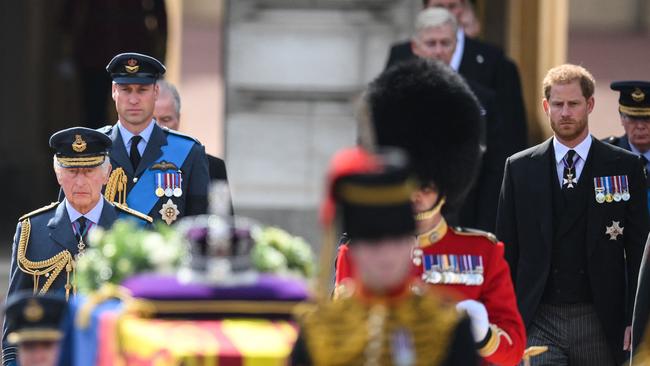
The Queen’s final journey through the gates of Buckingham Palace and down The Mall brought her closest family together, walking mournfully behind her coffin while the British capital came to a standstill on Wednesday night (AEST).
Seven black horses of the King’s Troop drew the gun carriage carrying her coffin, topped with the Royal Standard, a wreath of flowers and the Imperial State Crown in a “small and personal” procession, impactful for its simplicity.
In a continual thawing of relations, the Prince of Wales, 40, and his brother the Duke of Sussex marched slowly beside each other behind their grandmother’s cortege as it made its way from the Queen’s London home to the ancient Westminster Hall in the Palace of Westminster to lie in state until Monday’s state funeral.
They looked sorrowful but stoic, as did King Charles.
The Queen’s Company 1st Battalion Grenadier Guards and 10 pall bearers who were serving and former equerries to the Queen surrounded the coffin.
The crowds were so large that London officials closed Green Park more than an hour before the procession, redirecting the public to Hyde Park to watch proceedings on big screens.
The nation last witnessed such a deeply emotional public goodbye at the funeral of Diana, Princess of Wales, a quarter of a century ago, when William, then 15, and Harry, 12, dutifully walked behind their mother’s cortege.
Harry, who turns 38 on Thursday, said later: “The thing I remember most was the sound of the horses’ hoofs going along The Mall.
“By this point, both of us were in shock. It was like I was outside of my body, I’m just walking along, doing what was expected of me, showing one-tenth of the emotion that everyone was showing.”
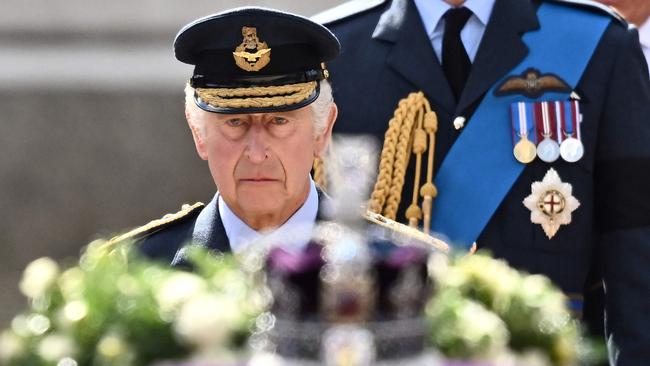
The Queen had been dismayed and upset at the sharp criticism of the royal institution by Harry and his wife, Meghan, 41, after they left the royal family, but her death last Thursday has tempered some of the tensions.
The new King has been desperate to get his two sons talking and the California-based Sussexes were invited to receive the Queen’s coffin at Buckingham Palace when it arrived from Scotland on Wednesday night.
Following the same protocol as previous royal deaths, the Queen’s mourning group in the procession was headed by her four children, the 73-year-old King Charles, the Princess Royal, the Duke of York and the Earl of Wessex, and included William and Harry, another grandson Peter Phillips, the Queen’s nephew the Earl of Snowdon and the Queen’s cousin the Duke of Gloucester and Princess Anne’s husband, Vice-Admiral Timothy Laurence.
Minute guns sounded from Hyde Park and some of the Queen’s closest aides accompanied the coffin at the rear.
Anne has been accompanying her mother’s coffin throughout the long goodbye since her death, which included a six-hour drive from Balmoral Castle in Aberdeenshire to Edinburgh as huge crowds of Scots came to pay their respects.
“I was fortunate to share the last 24 hours of my dearest mother’s life,’’ Anne, 72, said in a statement.
“It has been an honour and a privilege to accompany her on her final journeys.
“Witnessing the love and respect shown by so many on these journeys has been both humbling and uplifting.”
Among the quarter of a million people who packed the route in central London, Audrey Mills, 57, said she wanted to be on The Mall for the Queen because the Queen was there for her.
“My parents have passed but the Queen has been with me my whole life and it’s a great loss to our country,” she said.
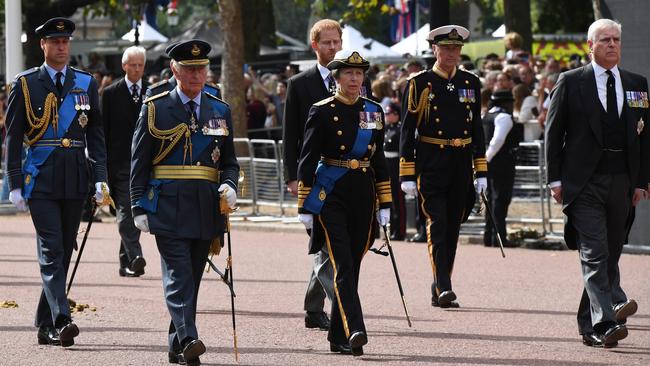
“She was an inspirational queen and role model as a woman in a position of authority.
“I think she conducted her monarchy with grace no matter what was going on in her private life so I wanted to be present for our Queen because she was present for us.”
Nearby, 28-year-old Rosanna Hopkins clutched a single white rose and spoke of how the Queen was a role model for her generation. “She was so dignified, wonderful and empathetic,” she said.
“She served the country well and it was a life of service to others rather than herself and for someone like me, she was a wonderful lady to look up to.”
The sombre 75-beats-a-minute slow march for the procession was difficult for the horses, although the black retiring lead, Cassius, 18, has had the experience of drawing the gun carriage for Margaret Thatcher’s funeral in 2013.
“It’s quite a tall order to ask them to walk at a slow-march pace Any of our normal parades, it’s a natural horse walking pace, which is a bit more forward-going than human pace, so we’re asking them to half that again,” said Sergeant Tom Jenks, 30, who rode Cassius.
Christopher Ghika, a major in the Household Division, said there was a very personal connection for the 500 troops in the procession as the Queen was the head of the armed services and all recruits had sworn an oath of allegiance to her.
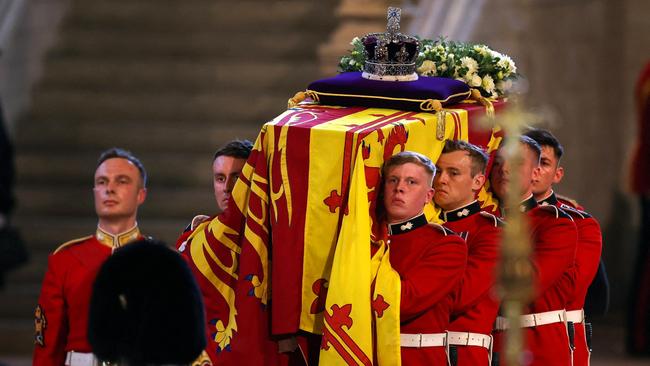
Jack Westworth, 18, an RAF gunner, one of the youngest military personnel involved, said his proud parents would be trying to pick him out before he is deployed to Iraq next month.
Master tailor Lance Corporal Edward Christian Scheepers, 35, had been finetuning the plumes, tunics and trimming the uniforms for the parade.
“We inspect everyone so as soon as they leave camp they are looking smart and nobody can be faulted for anything,” he said.
Officials announced that 33,000 people had filed through St Giles’ Cathedral in Edinburgh to witness the Queen lying at rest, and in London kilometre-long queues had formed to see the Queen lying in state inside the Westminster Hall.
The Queen will be watched over by military personnel from the Sovereign’s Bodyguard, the Household Division and Yeoman Warders of the Tower of London, as well as a Vigil of the Princes.

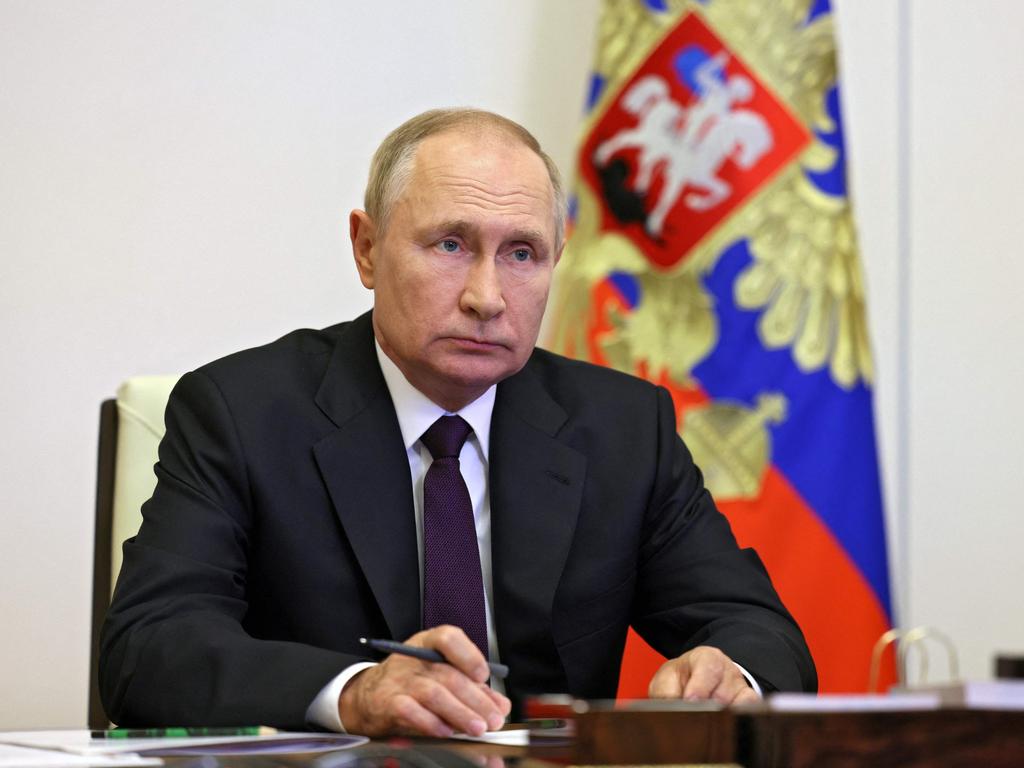
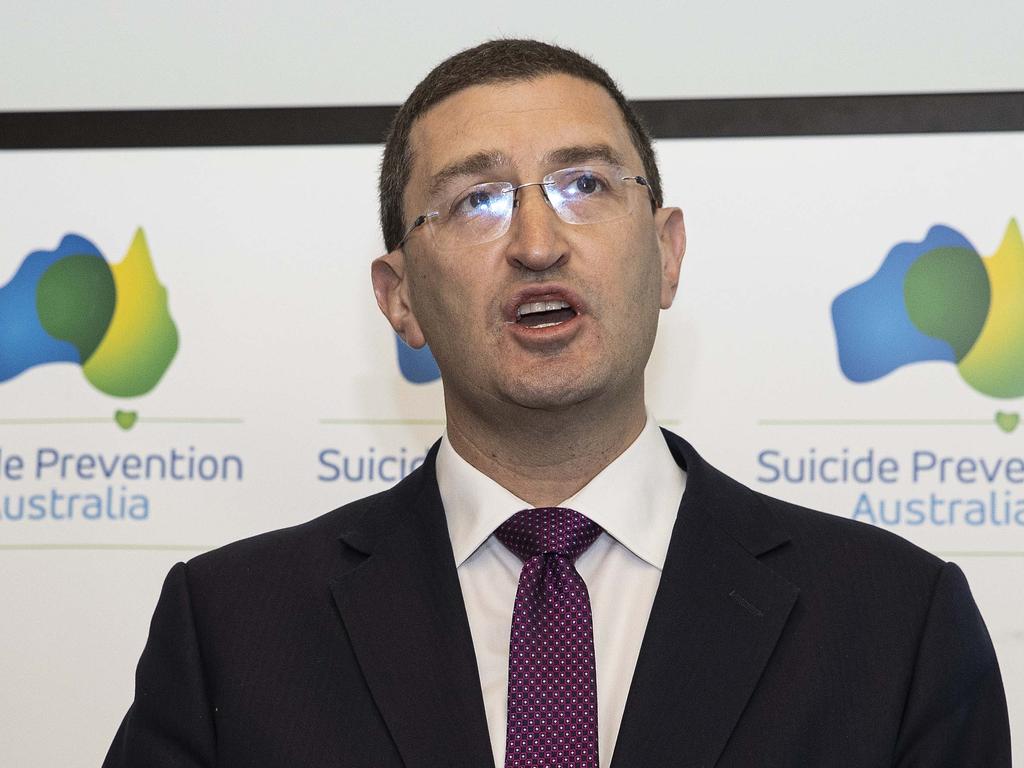
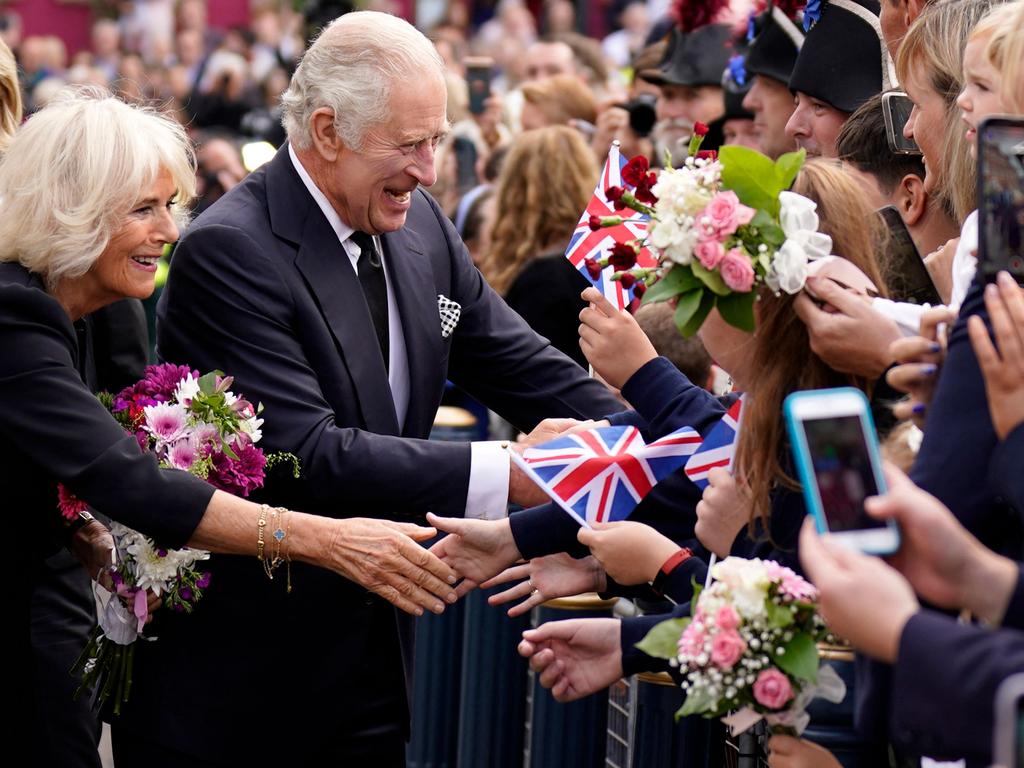
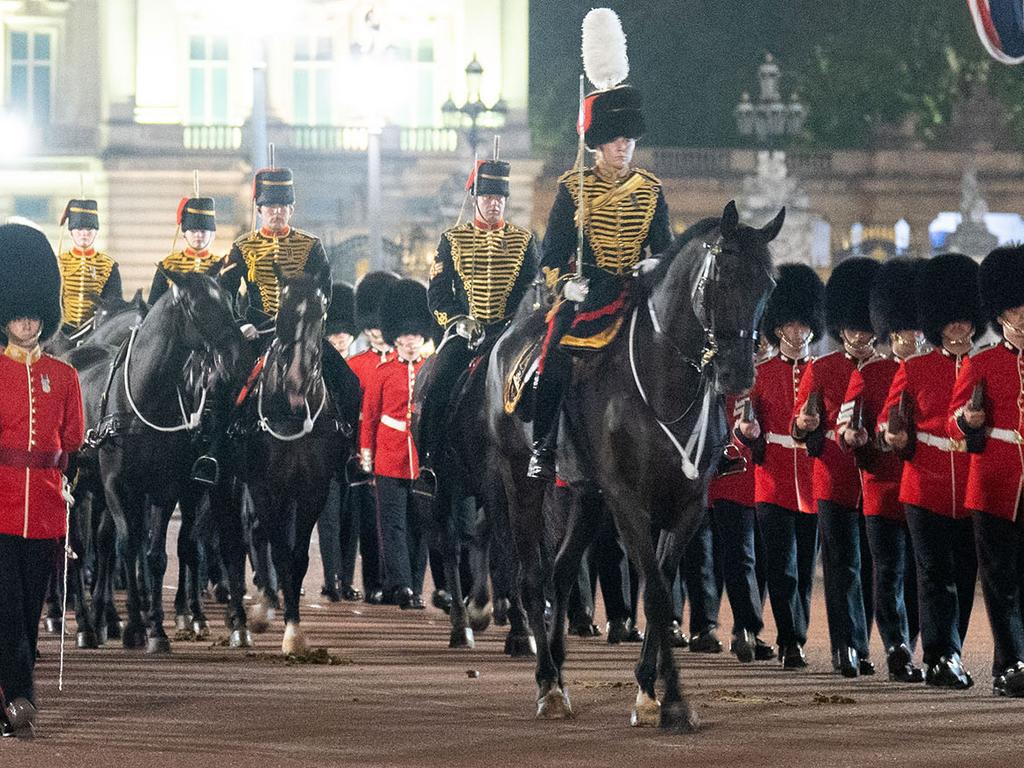


To join the conversation, please log in. Don't have an account? Register
Join the conversation, you are commenting as Logout